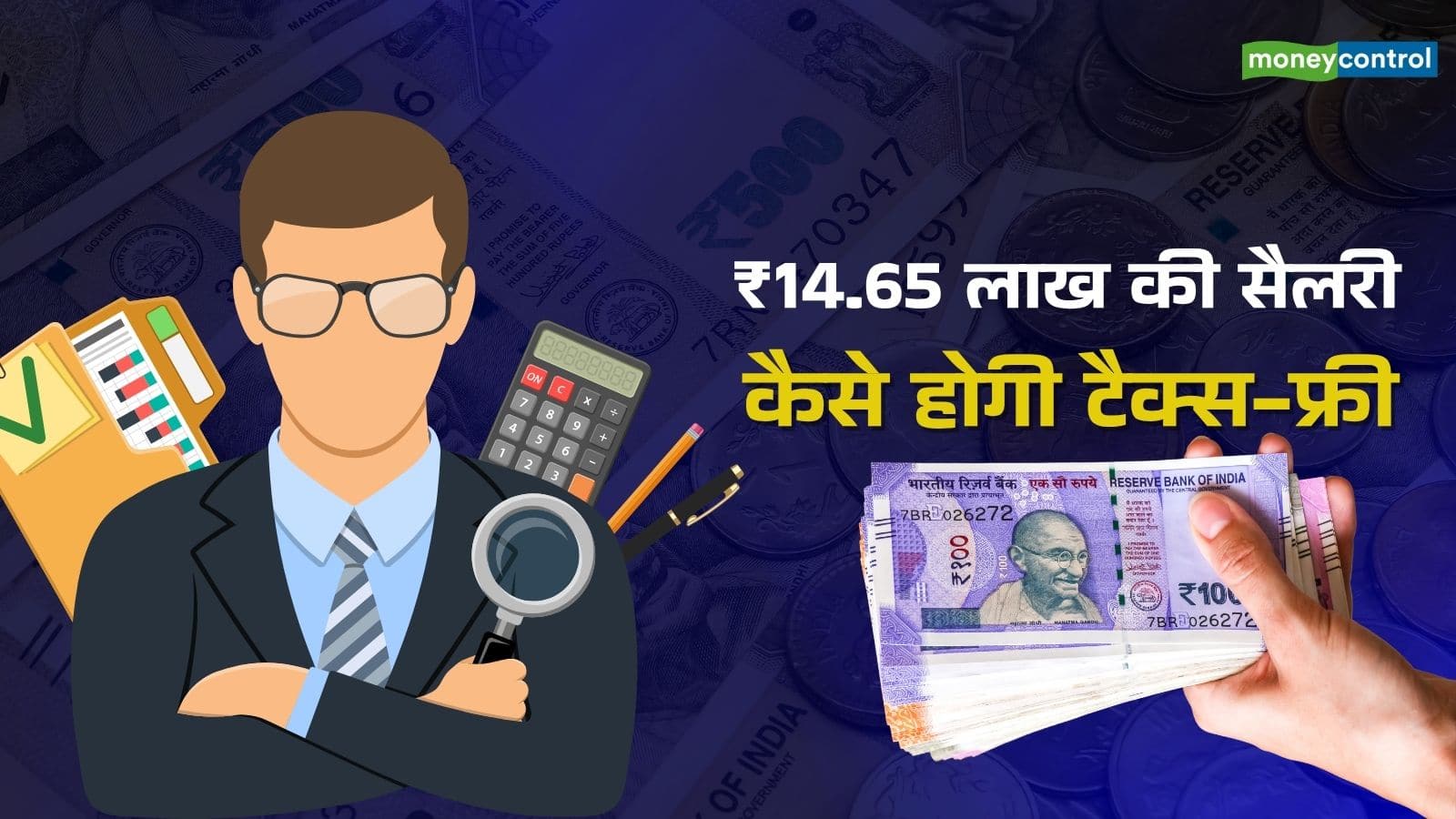
The Income Tax Department has notified all income tax returns (ITR) forms for the Assessment Year 2025-26. The process to file ITR is also expected to start soon. Salarid class is also in the plan to reduce tax liability. However, if your annual CTC is ₹ 14.65 lakhs, then you can zero your tax liability even without doing more.
How will tax liability be zero?
According to Taxbuddy, suppose an employee has a CTC of Rs 14.65 lakh. Of this, 50% of it is basic salary and the remaining 50% is divided into different allowances and other items. Calculation of tax deduction is done as basic salary as the basis. The breakup of deduction in it is as follows:
EPF contribution discounts: If the company deposits 12% of the basic salary in the Employees Provident Fund (EPF), then this amount comes under tax exemption. This amount will be ₹ 87,900.
Rebate on company contribution to NPS: The company’s contribution to 14% of NPS is also considered tax free, under Section 80CCD (2). This amount is ₹ 1,02,550.
Standard deduction: A standard deduction of ₹ 75,000 is available to all salaried people in New Tax Regies. That is, this amount will be reduced directly by your tax liability.
After mixing all these deductions, the taxable income of the employee is reduced to ₹ 11,99,550. Since, Finance Minister Nirmala Sitharaman has made the income of up to Rs 12 lakh tax free in the budget 2025, so there will be no income tax liability on this employee.
It is worth noting here that deduction is allowed on the company’s NPS contribution under Section 80CCD (2) in the new tax system. At the same time, EPS i.e. Employees Pension Scheme also comes under tax exemption under 80ccD (1). However, there will be no tax exemption on your contribution.
What would have been the liability in the event of tax exemption?
If all these discounts were not implemented, then according to New Tax Regime at a salary of Rs 14.65 lakh, a total income tax liability of up to ₹ 88,500 would have been made. Let us also understand the account of this tax calculation:
- 5% on income of ₹ 4–8 lakh = ₹ 20,000 tax
- 10% on income of ₹ 8–12 lakh = ₹ 40,000 tax
- 15% on income of ₹ 12–14.65 lakh = ₹ 28,500 tax (after standard deduction)
Also read: Old vs New Tax Regime: What is the difference between old and new tax regimen, who will be beneficial to choose?
Note: This tax calculation has been done on the basis of certain standards. Tax liability may be different according to your salary structure.